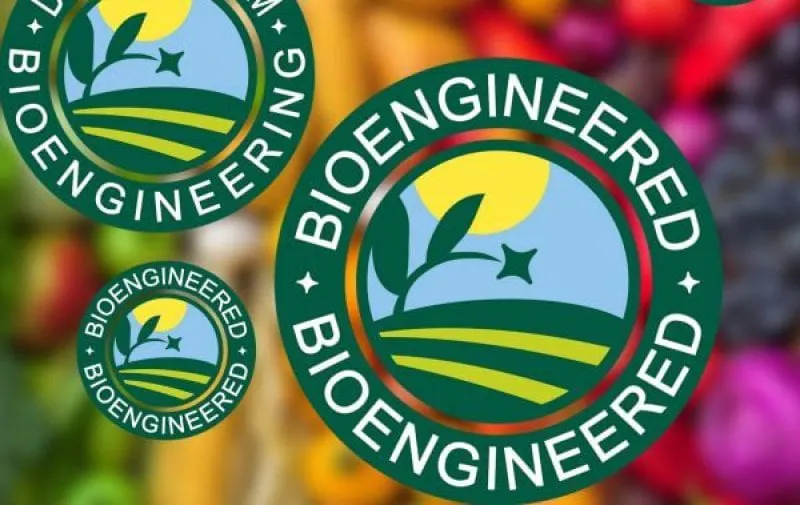‘Blissfully unaware’: Many food manufacturers don’t realize new GM labeling law applies to them and are unprepared for end-of-year deadline
‘Blissfully unaware’: Many food manufacturers don’t realize new GM labeling law applies to them and are unprepared for end-of-year deadline

Compliance with the National Bioengineered Food Disclosure Standard (NBFDS) – which requires firms with annual sales of >$2.5m to label ‘bioengineered’ foods, beverages, and supplements – is mandatory from January 1, 2022. So is the industry up to speed? It’s a pretty mixed bag, according to labeling experts.
For every large company that has already spent months – if not years – gearing up for the NBFDS, there are probably 10 smaller companies who may be blissfully unaware that the law even applies to them.
The law – which is being challenged in court by some groups who believe it doesn’t go far enough – defines bioengineered foods as those that “contain detectable genetic material that has been modified through certain lab [in vitro rDNA] techniques and cannot be created through conventional breeding or found in nature.”
In practice, this means that many highly-refined ingredients (starches, oils, sweeteners, emulsifiers) from widely bioengineered crops such as corn and soy will likely not require labeling, because the modified material is not detectible through testing.
However, the onus is on manufacturers to go through USDA’s published list of bioengineered foods, identify any ingredients they use that may be derived from these crops, and then contact suppliers to determine whether they need to be labeled.
Read the original post
 | Videos | More... |

Video: Nuclear energy will destroy us? Global warming is an existential threat? Chemicals are massacring bees? Donate to the Green Industrial Complex!
 | Bees & Pollinators | More... |

GLP podcast: Science journalism is a mess. Here’s how to fix it

Mosquito massacre: Can we safely tackle malaria with a CRISPR gene drive?

Are we facing an ‘Insect Apocalypse’ caused by ‘intensive, industrial’ farming and agricultural chemicals? The media say yes; Science says ‘no’
 | Infographics | More... |

Infographic: Global regulatory and health research agencies on whether glyphosate causes cancer
 | GMO FAQs | More... |

Why is there controversy over GMO foods but not GMO drugs?

How are GMOs labeled around the world?

How does genetic engineering differ from conventional breeding?
 | GLP Profiles | More... |

Alex Jones: Right-wing conspiracy theorist stokes fear of GMOs, pesticides to sell ‘health supplements’





 Trust issues: What happens when therapists use ChatGPT?
Trust issues: What happens when therapists use ChatGPT? Fighting deforestation with CO2: Biotechnology breakthrough creates sustainable palm oil alternative for cosmetics
Fighting deforestation with CO2: Biotechnology breakthrough creates sustainable palm oil alternative for cosmetics California, Washington, Oregon forge immunization alliance to safeguard vaccine access against federal undermining
California, Washington, Oregon forge immunization alliance to safeguard vaccine access against federal undermining Viewpoint — Fact checking MAHA mythmakers: How wellness influencers and RFK, Jr. undermine American science and health
Viewpoint — Fact checking MAHA mythmakers: How wellness influencers and RFK, Jr. undermine American science and health 30-year-old tomato line shows genetic resistance to devastating virus
30-year-old tomato line shows genetic resistance to devastating virus Viewpoint: Video — Big Solar is gobbling up productive agricultural land and hurting farmers yet providing little energy or sustainabilty gains
Viewpoint: Video — Big Solar is gobbling up productive agricultural land and hurting farmers yet providing little energy or sustainabilty gains The free-range chicken dilemma: Better for birds, but with substantial costs
The free-range chicken dilemma: Better for birds, but with substantial costs ‘You have to treat the brain first’: Rethinking chronic pain with Sanjay Gupta
‘You have to treat the brain first’: Rethinking chronic pain with Sanjay Gupta
